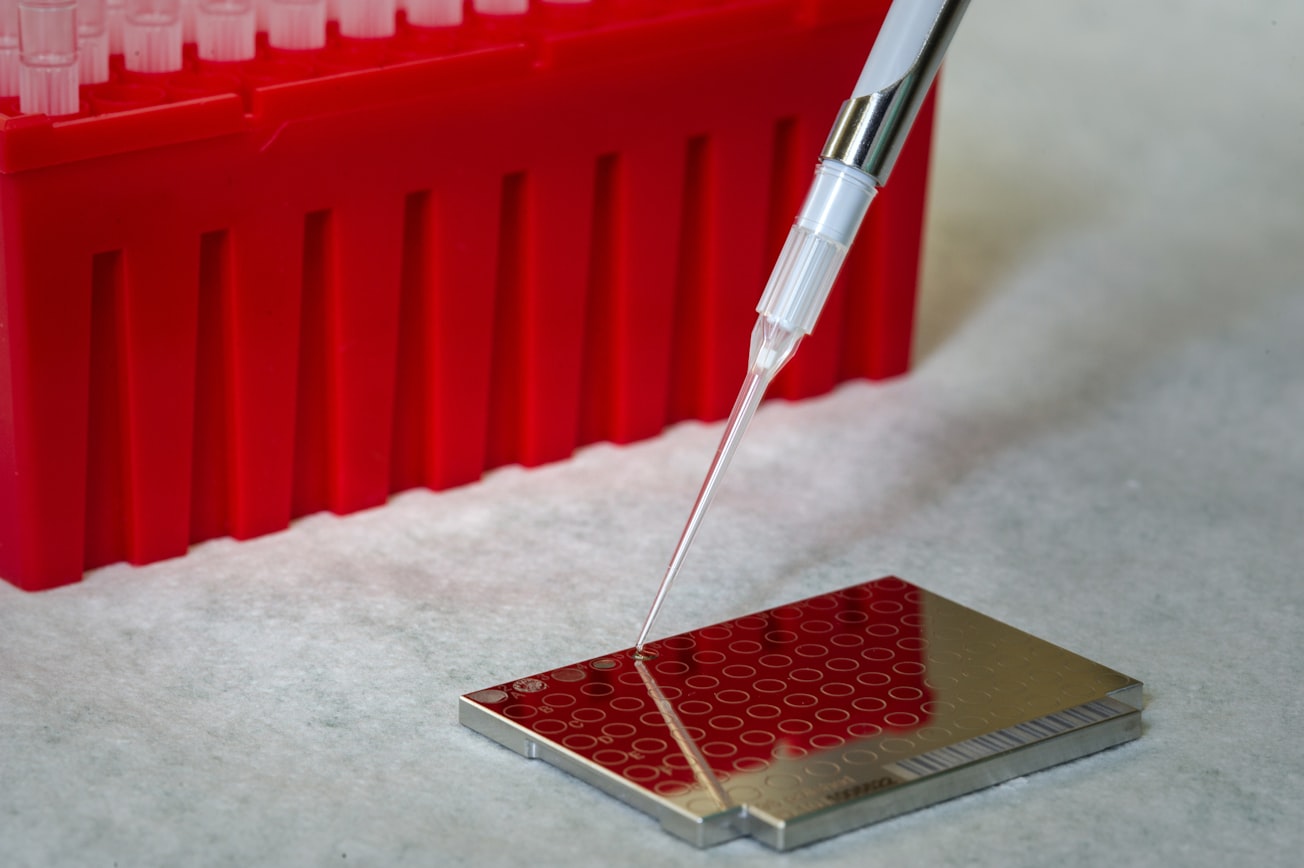What is it about?
In face to the drastic increase in the number of cases of human cancer, there is a constant demand to develop new and effective anti-cancer drugs. Chemical compounds derived from plants have been used to treat diseases since the beginning of medicine. The cytotoxic activity of photosantonic acid and a series of amides were evaluated against Jurkat T-cell acute lymphoblastic leukemia. Photochemical reaction of alfa-santonin was employed to deliver photosantonic acid which afforded eighteen amides from classical coupling conditions.
Featured Image

Photo by CDC on Unsplash
Why is it important?
Among 140 anti-tumor compounds approved since 1940 and available for use, over 60% are either natural products or their derivatives. Despite of their highly potent and selective bioactivity, natural products often have no pharmacokinetic properties desired in a clinically useful drug. Thus, improvement in physicochemical and pharmacokinetic properties can be done by structure optimization from introduction, removal or modification of functional groups or more drastic remodeling of the basic scaffold.
Perspectives
Photochemistry was used to convert the natural sesquiterpene lactone into the photosantonic acid. Photochemistry is a great tool, because the reaction is initiated by the absorption of energy in the form of light. The result of energy absorption is the conversion of one compound into a totally different product. The photosantonic acid formed in the photochemistry is a sesquiterpene lactone with four functional groups with different reactivities enabling the synthesis of diverse potentially bio-active compounds.
Professor Elson Santiago Alvarenga
Universidade Federal de Vicosa
Read the Original
This page is a summary of: Synthesis of novel amides, characterization by spectrometric methods, cytotoxic activity and theoretical calculations, Journal of Molecular Structure, September 2019, Elsevier,
DOI: 10.1016/j.molstruc.2019.04.021.
You can read the full text:
Resources
Contributors
The following have contributed to this page







